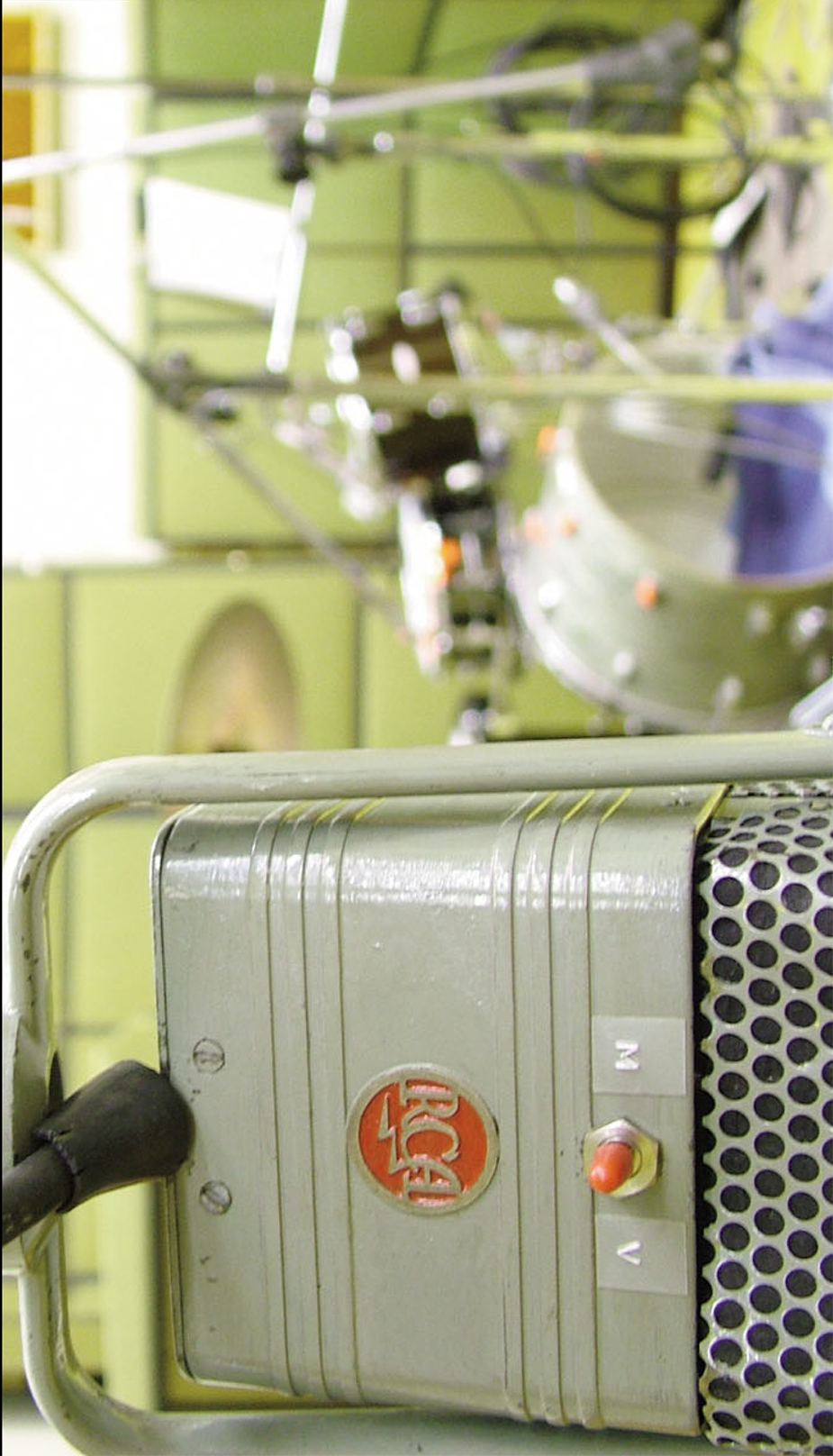In case you weren't paying attention, Gibson acquired Stanton Group in 2011, which includes pro-audio speaker company KRK Systems (who sell more studio monitors than any other brand). Gibson makes my favorite guitars (both acoustic and electric), but when the company released a Les Paul–branded monitor, I couldn't help but ask why. They do the guitar thing so well. Why would they make a speaker at all, much less one that looks like a guitar? All of the speakers in the Les Paul Reference Monitor series sport beautiful, high-gloss, carved flame-maple "archtop" fronts, with chrome and cream-colored accents, matching some of the classic Les Paul finishes — cherry, cherry burst, and tobacco burst. (No gold sparkle, unfortunately.)
Lately, I feel like there's a spate of this kind of "make a tool look pretty" design aesthetic in pro-audio manufacturing. Then again, I must admit that as engineers, we're often — and correctly — portrayed as overly nostalgic, crotchety, "old school" goldbrickers that prefer our gear to look like we've been dragging it behind a truck from Nashville to Los Angeles and back... just like a lot of guitar players I know. So, let's stop lying to ourselves — we like our shit to look cool. However, performance and feature-set should be the paramount concerns, above appearance, when evaluating equipment; so this was my mantra while spending time with the Les Paul Reference Monitors.
Gibson sent me an evaluation pair of the Les Paul 8 model, equipped with an 8'' woofer — which admittedly may have been a little big for my project studio. The other two models in the line incorporate 4'' and 6'' woofers. All models offer both a balanced XLR/TRS Combo jack and an unbalanced RCA jack for input. A smooth-turning pot adjusts volume and two detented pots change bass and treble shelving. For those still not comfortable with "standby" power mode, a handy defeat switch is also provided. One standout feature: Les Paul monitors ship with felt-lined "socks." I really wish every monitor manufacturer would include slip-on covers like these; they're so much better than the old grungy pillowcases some of us use.
I felt that the Les Paul's 1'' carbon-coated titanium tweeter sounded crisp and even, helping the speaker articulate snare drums and electric guitars with clarity and force, in a comparable way to the venerable Genelec 1031A monitors that I use constantly at Sharkbite Studios. The Les Paul's tweeter sits inside a cream-colored plastic waveguide that incorporates a horizontal, chromed plastic bar, and perhaps this assembly widens the sweet-spot a bit, but after some use in my home studio, I actually preferred the monitors on their sides. Unfortunately, Gibson added foam to the bottom of the monitors for placing the speakers vertically, so I wasn't able to take advantage of that. I'd be curious to hear the monitors with the waveguide rotated 90° (or even removed).
In my experience, all new woofers require a "burn-in" period, but the Les Paul monitors seemed to really take their time to sit right with me. For nearly a week, 300 Hz was just too present, but eventually, the woofer's creamy yet punchy low end became very complementary to the tweeter's focused highs; and a nice, big, classy midrange character, with tons of headroom, revealed itself. Though I wasn't able to do a blind test against Sharkbite's Genelecs, I do spend a lot of time with those 1031A monitors. In my opinion, the Les Paul 8 really holds up in response, character, and referencing against the 1031A.
With all the money Gibson surely spends on manufacturing and hand-finishing the beautiful fronts of the Les Paul monitors, you might think that the performance and accuracy of these speakers are compromised. But I'm happy to say that the Les Paul 8's sound quality definitely corresponds to its price-point. The bonus, depending on your taste, is its charming retro look. At first, the design may be a little off-putting to "serious" engineers, but every musician that's seen the speakers in my space has really liked them; their archtop styling becomes an icebreaker, while encouraging a positive vibe in the studio. These speakers sound so good that if there is a visual distraction, it eventually becomes an afterthought.
When I put the Les Paul monitors in the living room for use with my home stereo, they were an instant hit and always evoked positive comments from visitors. I know the family is going to be bummed when I have to send the speakers back to Gibson; they've become both a visual and aural focal point in the room where we spend the most time together. If you're looking for some style, a conversation starter, or just wanting to add a little fun to your studio space or listening environment — without sacrificing sound quality — Les Paul Reference Monitors might be the ticket for you.




_disp_horizontal_bw.jpg)